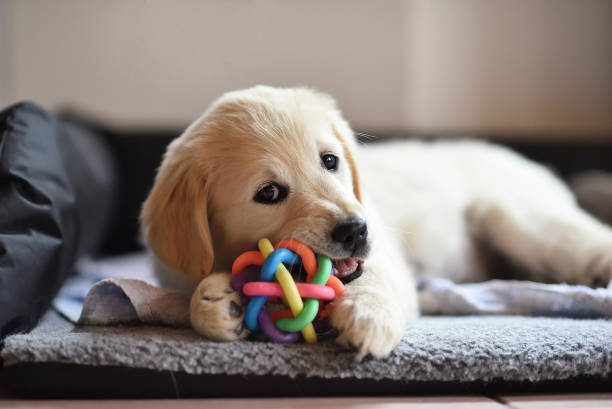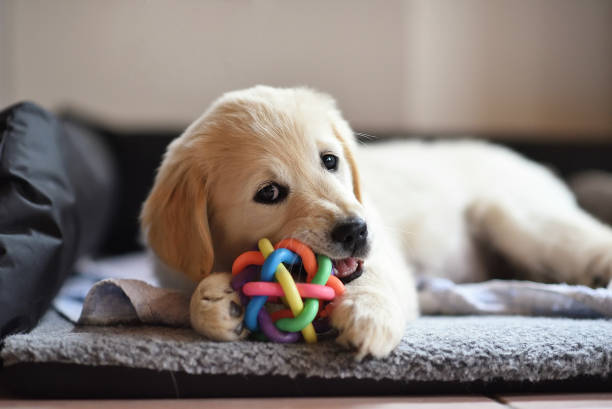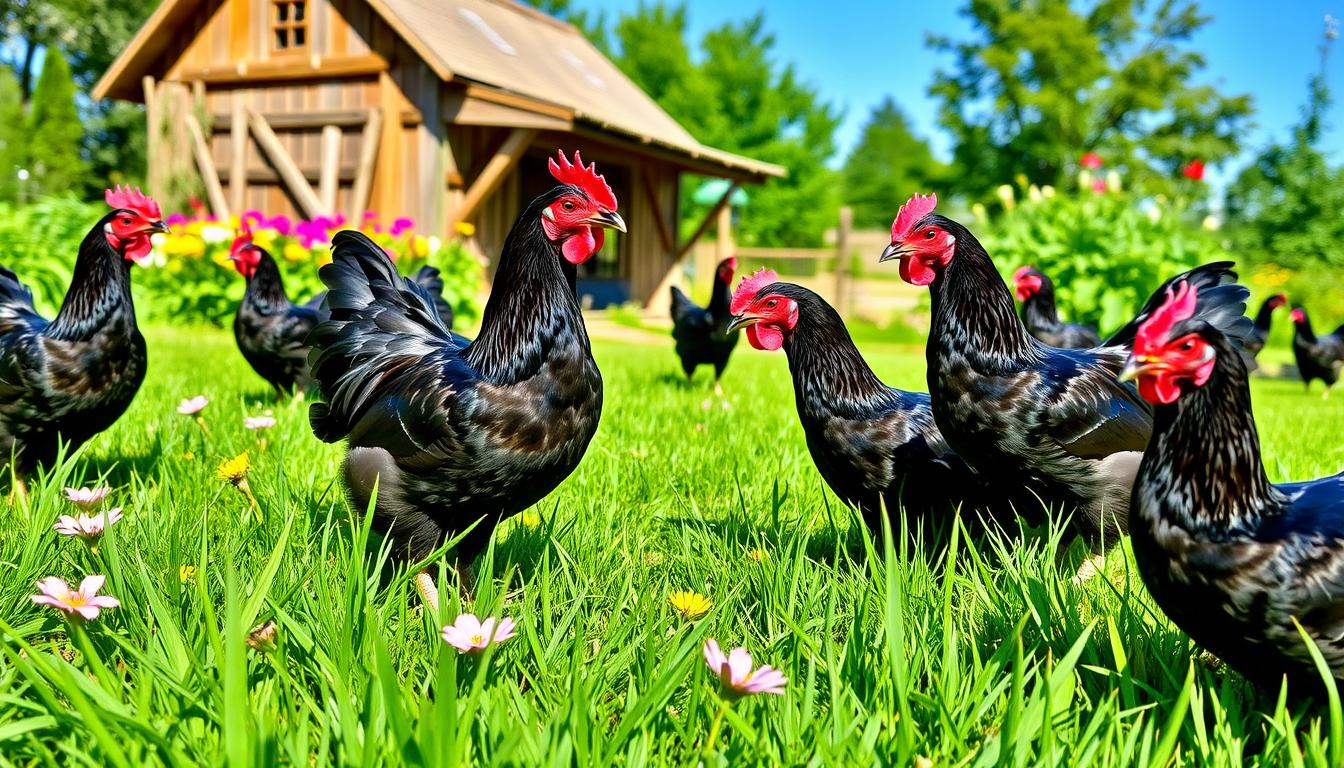“Chews a Puppy: Crafting Healthy, Happy Chewing Habits”

Slug: puppy-chewing-training-guide
Meta Description: Discover how to handle puppy chewing with this detailed guide! Learn tips for teething relief, safe chew toy selection, and effective training methods to prevent destructive chewing and promote healthy puppy behavior
Puppies are bundles of joy, bringing excitement, love, and occasionally chewed-up furniture into your life. Chewing, though natural, can be a challenge if not understood and managed properly. With a thoughtful approach, you can transform this instinctive behavior into a constructive part of your puppy’s development while safeguarding your belongings. Let’s explore this comprehensive guide to puppy chewing and how to handle it effectively.

1. Understanding Why Puppies Chew
Chewing isn’t just playful mischief; it’s a vital part of a puppy’s growth and learning. Through chewing, puppies interact with their environment, alleviate discomfort during teething, and develop bite control.
From birth, puppies rely on their mouths to investigate and understand their surroundings.
As their puppy teeth grow in, they begin chewing to soothe sore gums and prepare for their adult teeth. This behavior is instinctual, so providing appropriate outlets for chewing is essential to ensure both their comfort and your peace of mind.
2. The Teething Journey: Challenges and Changes
Puppy teething, which usually occurs between three and six months, is an intense but temporary phase. It’s during this time that puppies chew the most, often leading to damaged shoes, furniture, or personal items.
This period is marked by discomfort as baby teeth fall out and adult teeth emerge. Providing your pup with teething relief in the form of specially designed chew toys or safe natural options like frozen carrots can ease their pain and reduce their reliance on inappropriate objects.
3. Selecting Safe Chews for Your Puppy
The market is full of dog chew toys, but not all of them are safe for your puppy. Choosing the right ones is crucial to ensure their health and safety.
Soft but durable toys made for puppies are ideal. Avoid items that are too hard, as they can harm delicate teeth, or small enough to present a choking risk. Options like teething sticks, KONG Puppy toys, and frozen treats not only soothe sore gums but also keep puppies entertained in a safe way.
4. Preventing Destructive Chewing at Home
Destructive chewing is a common problem but can be mitigated with a proactive approach. Start by puppy-proofing your home to minimize temptations.
Store shoes, electrical cords, and fragile items out of your puppy’s reach. Redirect their chewing urges by offering appropriate chew toys whenever they go for something inappropriate. Praise and reward them when they choose the correct items, reinforcing good behavior and helping them form positive habits.
5. Teaching Chewing Etiquette and Bite Inhibition
Training your puppy to chew responsibly also involves teaching them how to manage their bite strength. This process, known as bite inhibition, is crucial for their interaction with humans and other animals.
If your puppy bites too hard while playing, make a sharp sound, like a yelp, and stop the interaction momentarily. This mimics the feedback they’d get from their littermates. Pair this method with positive reinforcement whenever they exhibit gentle chewing or proper behavior, guiding them toward acceptable conduct.

6. The Best Chew Toys for Puppies
Investing in quality dog chew toys can make all the difference in managing puppy chewing. Here are some top options:
KONG Puppy Toys: Durable and versatile, these toys can be filled with treats to keep your puppy engaged.
Nylabone Puppy Chews: Soft yet strong enough to withstand enthusiastic chewing, these are perfect for teething puppies.
Rope Toys: Ideal for interactive play and satisfying your pup’s need to gnaw.
Providing a mix of textures and designs will keep your puppy interested and help prevent boredom-driven chewing.
7. Chewing and Your Puppy’s Health
Chewing is more than a habit—it’s an important aspect of your puppy’s overall health. It aids in dental care, keeps their jaws strong, and offers mental stimulation to prevent stress.
To ensure your puppy stays safe, inspect their chew toys regularly for signs of wear or damage and replace them when necessary. Additionally, monitor their chewing habits to ensure they aren’t ingesting harmful materials, maintaining the delicate balance between engagement and safety.
8. Solving Chewing-Related Challenges
Despite your best efforts, some challenges may arise. Persistent destructive chewing or a reluctance to chew on appropriate items might indicate underlying issues.
Your puppy could be bored, anxious, or not getting enough physical activity. Address these factors by increasing their exercise, offering puzzle toys to challenge their mind, or rotating their chew toys to keep them interested. This holistic approach can help resolve unwanted behaviors effectively.
9. Building Lifelong Chewing Habits
While teething eventually ends, the instinct to chew lasts a lifetime. Encouraging healthy habits early ensures your dog continues chewing safely and responsibly as they grow.
Maintain access to safe, engaging chew toys, and continue reinforcing boundaries. As their needs change over time, adapt your approach to keep chewing a constructive and enjoyable activity. A dog with well-established chewing habits will bring you joy and companionship without the frustration of ruined possessions.
FAQs About Puppy Chewing
1. Why do puppies chew so much?
Chewing is a natural part of puppy behavior. It helps puppies explore their environment, relieve teething discomfort, and develop healthy teeth and gums. Chewing also plays a role in learning bite inhibition and managing stress or boredom.
2. How can I stop my puppy from destructive chewing?
To prevent destructive chewing, puppy-proof your home by removing tempting items and provide plenty of appropriate dog chew toys. Redirect your puppy to these toys whenever they attempt to chew on something inappropriate. Positive reinforcement for good behavior is key.
3. What are the best chew toys for teething puppies?
Soft but durable chew toys designed specifically for teething puppies are ideal. Popular options include KONG Puppy Chew Toys, Nylabone Puppy Chews, and frozen carrots for natural teething relief.
4. Can chewing help with my puppy’s health?
Yes! Chewing supports puppy health by promoting strong teeth and gums, reducing stress, and providing mental stimulation. Safe chews also help prevent boredom, which can lead to destructive behaviors.
5. What should I do if my puppy swallows part of a chew toy?
If your puppy ingests part of a chew toy, monitor them closely for signs of distress, such as vomiting or difficulty passing stool. Contact your veterinarian immediately if you notice any concerning symptoms or are unsure about the situation.
Conclusion: Chews a Puppy—From Chaos to Calm
Puppy chewing is a normal, albeit sometimes frustrating, part of raising a happy and healthy dog. Understanding the reasons behind chewing, providing safe and engaging chew toys, and implementing consistent training can turn this challenge into a manageable experience.
With the right approach, you can support your puppy through teething, teach them healthy chewing habits, and strengthen your bond in the process. Remember, patience and persistence are key. By nurturing your puppy’s natural instincts while setting boundaries, you’re laying the foundation for a well-behaved and content companion.



